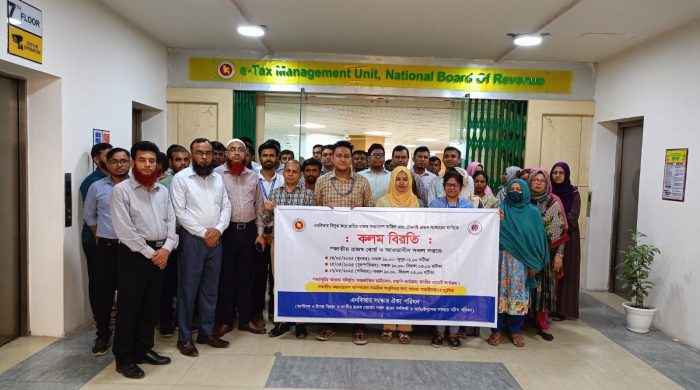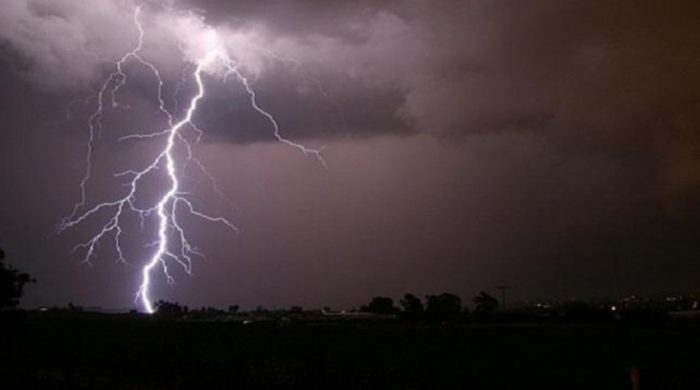US-led raid kills 15 Iraq fighters

- Update Time : Sunday, September 1, 2024
- 40 Time View

A joint operation by US and Iraqi forces killed 15 Islamic State group fighters in Iraq’s western desert, with seven US troops hurt during the operation, US Central Command said.
The raid targeted Islamic State leaders and was carried out early Thursday morning, resulting ‘in the death of 15 ISIS operatives’ with ‘no indication of civilian casualties,’ CENTCOM said.
It said the IS fighters were ‘armed with numerous weapons, grenades and explosive ‘suicide’ belts’, and that Iraqi forces were continuing ‘to further exploit the locations raided’.
Five US troops were wounded during the raid and another two injured in falls, a defence official said. One of the wounded was evacuated for treatment, as was one of the personnel injured in a fall.
All seven were in stable condition, the official said.
The CENTCOM statement was posted early on Saturday, hours after the Iraqi authorities put out their own statement on the raid.
The Iraqi intelligence services said ‘more than two months of human and technological surveillance’ had allowed the identification of ‘four safe houses’ used by the jihadists.
They said the dead ‘likely included senior leaders’, adding that forensic tests were under way.
The suspected IS safe houses were all hit repeatedly from the air before helicopters landed commandos at the sites, the intelligence services said.
The Iraqi military regularly announces operations against IS hideouts in remote desert or mountain areas.
They are currently still carried out with the support of military advisers from a US-led coalition deployed to Iraq and neighbouring Syria a decade ago when the power of IS was at its peak.
Baghdad and Washington have been engaged in months of talks over the future of anti-jihadist coalition forces in Iraq.
Despite Iraq’s stated goal of a full withdrawal of the forces, no timeline has been made public.
The United States has some 2,500 troops in Iraq and 900 in Syria as part of the coalition against IS.
Coalition forces have been targeted dozens of times with drones and rocket fire in both Iraq and Syria, as violence related to the Israel-Hamas war in Gaza that broke out in early October has drawn in Iran-backed armed groups across the Middle East.
IS is now a pale reflection of the group whose fighters swept through Syria and Iraq in 2014, proclaiming a ‘caliphate’ in which they brutally imposed their extreme interpretation of Islamic law.
After losing its last redoubts in Iraq in 2017 and in Syria in 2019, the group has been reduced to small bands of guerillas that no longer control any territory.
Iraqi security forces insist they are now capable of tackling IS remnants unassisted, as the group poses no significant threat.
A UN report released in July found the group’s combined strength in Iraq and Syria had fallen to between 1,500 and 3,000 fighters as a result of ‘battlefield losses, desertions, and recruitment challenges’.
In Iraq, its ‘activities remain largely contained but the group remains capable of sporadic, impactful attacks,’ the UN report found.
Its ‘modus operandi consists of kidnapping for ransom, infrastructure disruption and the selective targeting of security forces while avoiding direct confrontations,’ it added.
The UN said that desert areas of Al-Anbar province, where Thursday’s joint operation took place, were among the group’s last havens.
‘Western Al-Anbar, particularly Al-Rutbah and the desert in Al-Rawah, remains a significant haven and operational zone, benefiting from smuggling across the Iraqi-Syrian border,’ it said.


















